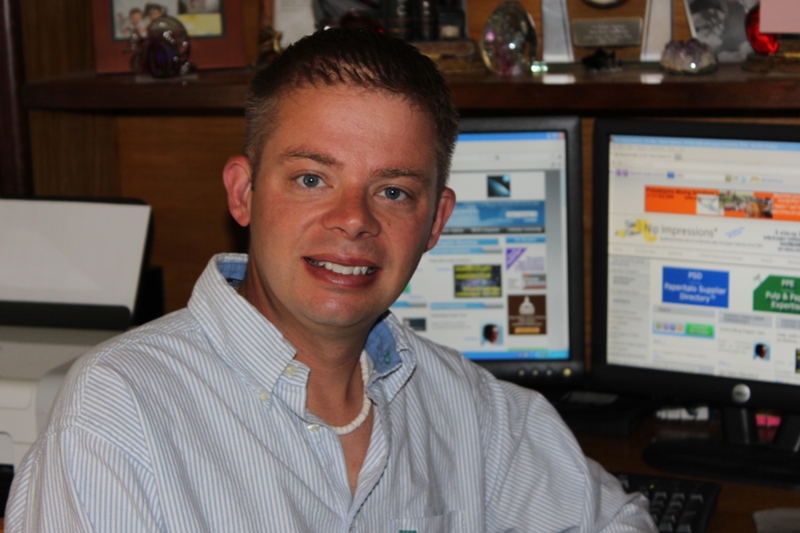
Ladies and gentlemen, the first class of inductees to the Paper Industry International Hall of Fame in Appleton, Wisconsin was inducted more than two decades ago in 1995, and today, close to 150 papermaking innovators and legends have been enshrined. This month, we profile Douglas Atack, who was inducted into the Hall of Fame in 2004.
Born on August 16, 1923, in Wakefield, England, Douglas Atack received his undergraduate and advanced degrees from the University of Leeds. He earned his Bachelor of Science (Hons) Chemistry in 1942 and his Ph.D. in Physical Chemistry in 1945.Dr. Atack's 33 years as a scientist, leader of a team of talented scientists, and R&D manager at PAPRICAN were preceded by several research and academic positions. In 1945, he worked as personal assistant to Professor M.G. Evans, FRS, at Leeds University on a UK Government Ministry of Supply project on technical developments for the petrocarbon industry. That assistantship was followed by positions as post-doctoral Fellow at the National Research Council in Ottawa (1948-1950), I.C.I. Leverhulm Fellow at the University of Manchester (1950-1951), and NRL Fellow at the University of North Carolina (1951-1953). In 1953, Dr. Atack accepted an assistant professor of chemistry position at Syracuse University.
Dr. Atack began his long career with PAPRICAN in 1954. The positions he held were many: head, Wood and Fibre Physics Section, Applied Chemistry Department; chairman, Wood and Fibre Physics Department; director, Applied Physics Division; director, Applied Physics and Engineering Sciences Division; director of education; director of academic affairs; director of research; and vice president. He retired as vice president in 1989.
Dr. Atack conducted studies on the friction of wood in the Cavendish Laboratory at the University of Cambridge (1955-1956), which eventually led to an understanding of the mechanisms involved in wood grinding. This research contributed to the development of the pressurized stone groundwood (PGW) process and the thermomechanical (TMP) and chemithermomechanical pulping (CTMP) processes and their introduction to the Canadian industry. The articles he wrote on the main mechanisms involved in pulpwood grinding and chip refining are now standard references for further development of the TMP and CTMP pulping processes, which, in addition to PGW, today yield 36 million metric tons of pulp per year worldwide.
While at PAPRICAN, Dr. Atack's research group clarified the chemical changes to lignin caused by softening through steaming and sulfonation. This led to the development of ultra high-yield processes used by both integrated and market-pulp mills.
He is also credited with introducing scanning electron microscopy to Canada. Through his work in assisting with the design of the first prototype scanning electron microscope at Cambridge University during a year-long sabbatical, Dr. Atack pioneered the use of the technique in research of fibre morphology during the mechanical pulping process.
His contributions to academics have been many. As PAPRICAN's director of academic affairs, Dr. Atack enhanced the cooperative academic program with McGill University, University of British Columbia, and Ecole Polytechnique. Since 1961, Dr. Atack has also served as auxiliary professor for the Department of Mechanical Engineering at McGill University. He has been an inspirational teacher and advisor for many graduate students. Dr. Atack holds two patents and has 51 key publications.
Steve Roush is Vice President, Publisher and Editor and in charge of the International Desk at Paperitalo Publications. Many thanks go to the Paper Industry International Hall of Fame, Inc., for biographical information on Hall of Fame inductees.